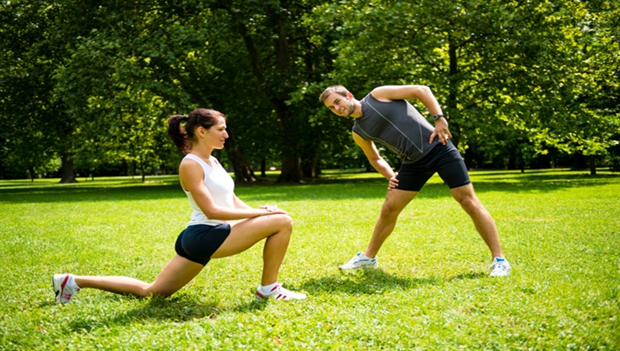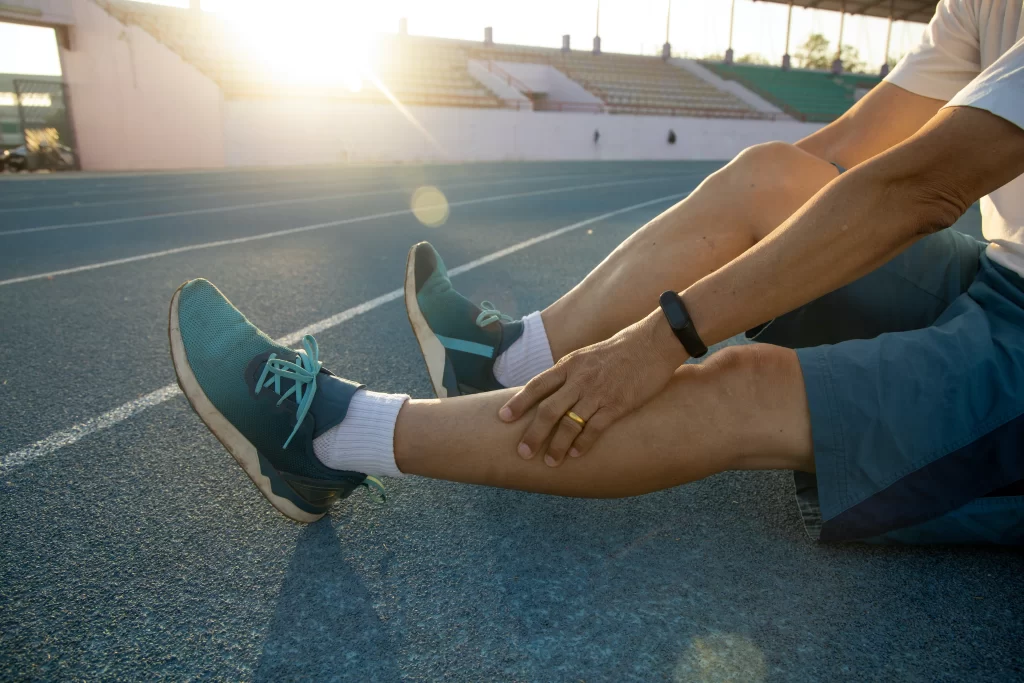Introduction
Trekking is an exhilarating outdoor adventure that allows you to connect with nature, challenge your physical limits, and discover breathtaking landscapes. While the experience is undoubtedly rewarding, it’s essential to understand how trekking impacts your body. In this article, we will delve into the various physiological and psychological changes that occur in your body after a thrilling trekking expedition.

The Pre-Trek Preparation
Setting the Stage for Success
Before embarking on a trek, proper preparation is crucial. This includes choosing the right trekking route, acquiring the necessary gear, and ensuring you are physically fit for the journey.
Physical Conditioning
Getting your body ready for trekking involves regular exercise, focusing on cardiovascular endurance, strength training, and flexibility. Building a strong core and leg muscles is vital, as they will be your primary support during the trek.
The Trekking Experience
The Initial Burst of Energy
As you begin your trek, your body experiences a surge of adrenaline and excitement. This initial burst of energy can make you feel invincible, and it’s the perfect motivation to conquer the first leg of your journey.
Breathless Ascent
As the terrain becomes steeper, you’ll notice an increase in your heart rate and a sensation of breathlessness. This is a natural response as your body adjusts to the higher altitude and increased physical demand.
Oxygen Saturation
At higher altitudes, oxygen levels decrease, leading to lower oxygen saturation in your blood. Your body adapts by increasing your breathing rate and heart rate to supply vital oxygen to your muscles and organs.

Muscle Fatigue
Trekking involves continuous use of your leg muscles, leading to muscle fatigue. This is a normal response, and it’s essential to take short breaks to avoid overexertion and muscle strain.
Hydration and Nutrition
Proper hydration and nutrition are critical during a trek. Dehydration can lead to fatigue, cramps, and headaches. Ensure you drink enough water and consume energy-rich foods to sustain your energy levels.
Mental Toughness
Trekking isn’t just a physical challenge; it’s a mental one too. Pushing through fatigue, overcoming obstacles, and staying motivated are essential for a successful trek.
Post-Trek Recovery
The Aftermath
After completing your trek, your body goes through a series of changes as it recovers from the physical and mental exertion.
Muscle Recovery
Your muscles will require time to repair and recover from the strain. Gentle stretching and massage can aid in the recovery process.
Rest and Sleep
Adequate rest and sleep are vital for the body to recuperate fully. Your body may have been deprived of quality sleep during the trek, so make sleep a priority upon returning.
Reflecting on the Experience
Trekking often leads to a sense of accomplishment and introspection. Take time to reflect on the journey and the lessons learned.
Conclusion
Trekking is a transformative experience that challenges your body and mind in unique ways. Understanding the physical and psychological changes that occur during and after a trek can help you make the most of this incredible adventure. So, the next time you embark on a trek, remember that the journey doesn’t end when you return; it continues within you.
FAQs
1. Is trekking suitable for beginners?
Trekking can be adapted to various difficulty levels, making it accessible to beginners with the right guidance and preparation.
2. How can I prevent altitude sickness while trekking?
To prevent altitude sickness, acclimatize gradually, stay hydrated, and listen to your body’s signals.
3. Are there any age restrictions for trekking?
Trekking is suitable for people of all ages, but it’s essential to choose a trek that matches your fitness level.
4. What should I pack for a trek?
Essential items include proper clothing, sturdy footwear, a backpack, water, snacks, a first aid kit, and navigation tools.
5. How can I find the best trekking routes?
Research online, consult with experienced trekkers, or consider joining a trekking group to discover the best routes for your preferences and abilities.
